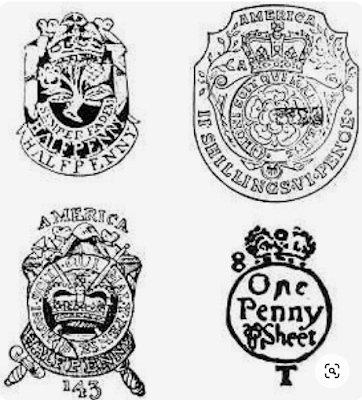On This Date In History
On November 1, 1952, the United States detonates the world’s first thermonuclear weapon, the hydrogen bomb, on Eniwetok atoll in the Pacific. The test gave the United States a short-lived advantage in the nuclear arms race with the Soviet Union.
Following the successful Soviet detonation of an atomic device in September 1949, the United States accelerated its program to develop the next stage in atomic weaponry, a thermonuclear bomb. Popularly known as the hydrogen bomb, this new weapon was approximately 1,000 times more powerful than conventional nuclear devices. Opponents of development of the hydrogen bomb included J. Robert Oppenheimer, one of the fathers of the atomic bomb. He and others argued that little would be accomplished except the speeding up of the arms race, since it was assumed that the Soviets would quickly follow suit.The opponents were correct in their assumptions. The Soviet Union exploded a thermonuclear device the following year and by the late 1970s, seven nations had constructed hydrogen bombs. The nuclear arms race had taken a fearful step forward.
On November 1, 1765, in the face of widespread opposition in the American colonies, Parliament enacts the Stamp Act, a taxation measure designed to raise revenue for British military operations in America.
Defense of the American colonies in the French and Indian War (1754-63) and Pontiac’s Rebellion (1763-64) were costly affairs for Great Britain, and Prime Minister George Grenville hoped to recover some of these costs by taxing the colonists. In 1764, the Sugar Act was enacted, putting a high duty on refined sugar. Although resented, the Sugar Act tax was hidden in the cost of import duties, and most colonists accepted it. The Stamp Act, however, was a direct tax on the colonists and led to an uproar in America over an issue that was to be a major cause of the Revolution: taxation without representation.
Passed without debate by Parliament in March 1765, the Stamp Act was designed to force colonists to use special stamped paper in the printing of newspapers, pamphlets, almanacs, and playing cards, and to have a stamp embossed on all commercial and legal papers. The stamp itself displayed an image of a Tudor rose framed by the word “America” and the French phrase Honi soit qui mal y pense, ”Shame to him who thinks evil of it.”
Outrage was immediate. Massachusetts politician Samuel Adams organized the secret Sons of Liberty organization to plan protests against the measure, and the Virginia legislature and other colonial assemblies passed resolutions opposing the act. In October, nine colonies sent representatives to New York to attend a Stamp Act Congress, where resolutions of “rights and grievances” were framed and sent to Parliament and King George III. Despite this opposition, the Stamp Act was enacted on November 1, 1765.
The colonists greeted the arrival of the stamps with violence and economic retaliation. A general boycott of British goods began, and the Sons of Liberty staged attacks on the customhouses and homes of tax collectors in Boston. After months of protest and economic turmoil, and an appeal by Benjamin Franklin before the British House of Commons, Parliament voted to repeal the Stamp Act in March 1766. However, the same day, Parliament passed the Declaratory Acts, asserting that the British government had free and total legislative power over the colonies.
Parliament would again attempt to force unpopular taxation measures on the American colonies in the late 1760s, leading to a steady deterioration in British-American relations that culminated in the outbreak of the American Revolution in 1775.











No comments:
Post a Comment